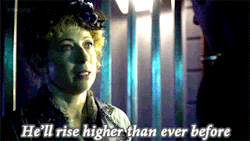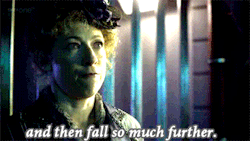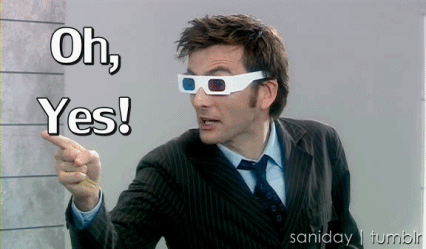An annual game in which one victor comes out. Usually. The 74th annual Hunger Games, however, is quite different. Based on the book that has turned into a trilogy by Suzanne Collins, The Hunger Games is a movie that I thoroughly loved.
With my Mockingjay pin secured on my shirt over my heart like Katniss Everdeen, I purchased tickets for the next showing of the movie on Friday, the day the film was released to the public. (I wanted to go to the midnight premiere, but I had to go to school the next day. Quite a reluctant drawback, you see.) From what little I've heard about the movie (I try to enter the cinema with as little information of the film I intend to see as possible so I can develop my own independent thoughts on the subject), there is a character taken out of the film, most of the Tributes aren't named, and it isn't in first person perspective, unlike in the book, where it is based on Katniss' point of view. With all these differences in mind, I was anxious to see how it would turn out.
Over the span of two and a half hours (a bit lengthier than the average running time for films), it all seemed a bit....slow to me. Just like in the book, about 25% of the film was of the actual Hunger Games, and even then that part of the movie didn't seem like much. Lots of running away from things, hiding from people, applying medication to wounds, and plotting. What I didn't see a lot of: killing. The intent of the Games is to kill everyone else, and even when killing did occur, it wasn't graphic and we as the audience couldn't see much of how the person was killed because they were sliced, shot, or javelined slightly out of the camera shot. Of course, this may be because the producers the film wanted to attract the same audience range as the readers of Suzanne Collins' trilogy, and so had to keep the movie PG-13, but it would have made so much more of an impact if the gore was introduced.
Another thing I didn't see: Madge. She was written out of the movie, and as the readers very well know, she's the person who gives Katniss the Mockingjay pin. So the writers of the movie had to incorporate the pin's introduction in another way, which greatly disappointed me because I so wanted them to stick to the book as much as possible. Also, the way Katniss found the pin wasn't as moving as when Madge gave it to her in the book.
What I love: SENECA CRANE. Especially his beard. The actor's (Wes Bentley) portrayal of Seneca is outstanding, and after the movie I Google searched his filmography to see what other works he's in.
I also love how the audience can see the relationship that President Snow has with the Gamemakers, for instance the little conversations Snow has with Seneca about his decisions in the Games and how they affect the society outside the Capitol.
Like Josh Hutcherson, my favourite scene is the cave scene (and yes, he did admit this on multiple talk shows). This scene gives the characters a chance to define themselves more now that things have quieted down outside, and it also starts to spark the love interest between Katniss and Peeta (although it is one-sided). However, I didn't like that it was so short! There was more that was needed to be said, and because the movie's already two and a half hours long, they couldn't say much.
Also: EFFIE TRINKET. The best line throughout the whole movie: "That. Is. MAHOGANY!" Her character just makes me laugh at how ridiculous the Capitol can be, and for the people who live in the Districts, a little laughter can go a long way.
In short, it wasn't too disappointing. And I can't wait to see Catching Fire. And, I'll put this out there -- if they ever need to replace Jennifer Lawrence for the scenes she has with Finnick:















